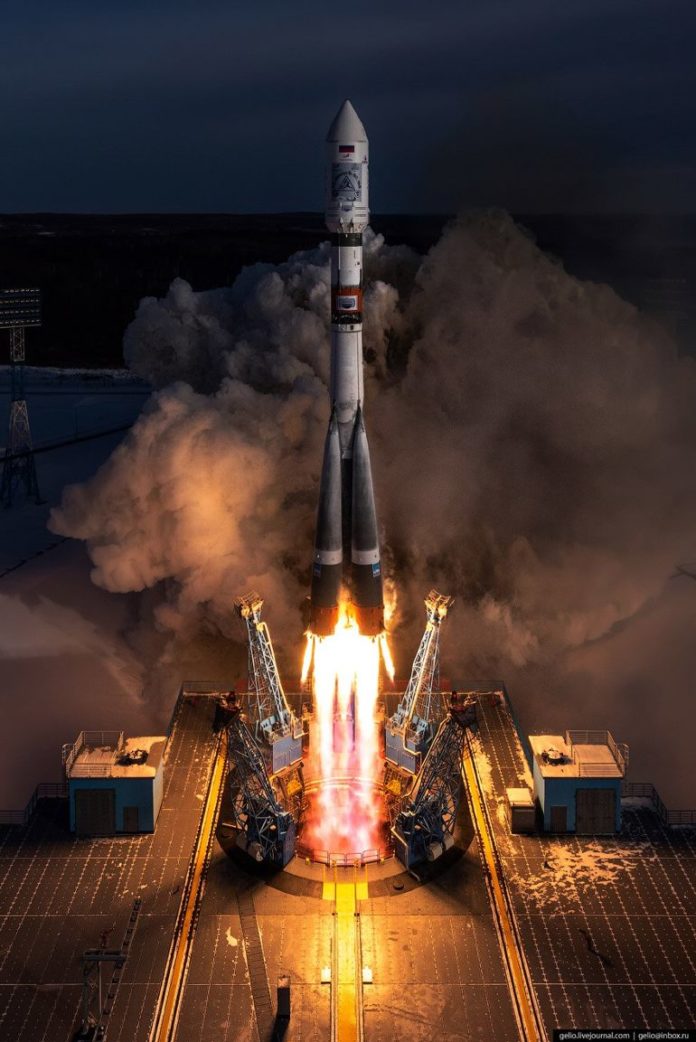Rocket launches are a spectacular demonstration of human ingenuity and scientific progress. From sending satellites into orbit to launching missions to distant planets, rockets play a crucial role in our exploration of space. But did you know there are different types of rocket launches, each with its specific purpose and technology? In this article, we will dive deep into understanding the different types of rocket launches and what makes each one unique.
What is a rocket launch?
A rocket launch is the process of sending a rocket into space. This involves the ignition of rocket engines, which produce thrust to overcome Earth’s gravity. The rocket follows a pre-determined trajectory, carrying payloads such as satellites, scientific instruments, or even humans into space. Let’s explore the different types of rocket launches to understand how they contribute to space exploration.
Types of rocket launches
Orbital launches
Orbital launches are designed to send payloads into orbit around Earth or other celestial bodies. These launches are critical for placing satellites that provide communication, weather forecasting, and GPS services. Orbital launches can be further categorized into several types:
Low Earth Orbit (LEO)
LEO launches place payloads in orbits at altitudes between 160 to 2,000 kilometers. This is the most common type of orbital launch, often used for satellites that provide imaging and reconnaissance.
Medium Earth Orbit (MEO)
MEO launches target orbits between 2,000 to 35,786 kilometers. These are typically used for navigation satellites like the GPS system.
Geostationary Orbit (GEO)
GEO launches send payloads to an altitude of approximately 35,786 kilometers, where they match Earth’s rotation. This makes them ideal for communication satellites that need to remain fixed over one position on Earth.
Suborbital launches
Suborbital launches send rockets to the edge of space without entering orbit. These launches are commonly used for scientific experiments and testing new technologies. They provide valuable data on the space environment and are often more cost-effective than orbital launches.
Interplanetary launches
Interplanetary launches are designed to send spacecraft beyond Earth’s orbit to other planets or celestial bodies. These missions require precise navigation and advanced propulsion technologies. Notable interplanetary launches include missions to Mars, the Moon, and beyond.
Rocket launch vehicles
Reusable rockets, like SpaceX’s Falcon 9, can be launched, recovered, and launched again. This innovation significantly reduces the cost of space missions and allows for more frequent launches.
Expendable rockets are used only once and are discarded after the mission. While more costly, they are often used for missions requiring maximum payload capacity and reliability.
The future of rocket launches
The future of rocket launches looks promising, with advancements in technology making space more accessible. Innovations like reusable rockets, small satellite launchers, and new propulsion systems are paving the way for a new era of space exploration.
FAQs
What is the difference between orbital and suborbital launches?
Orbital launches send payloads into a stable orbit around Earth, while suborbital launches reach the edge of space without entering orbit.
Why are geostationary orbits important?
Geostationary orbits allow satellites to remain fixed over one position on Earth, making them ideal for communication and weather observation.
What are reusable rockets?
Reusable rockets can be launched, recovered, and launched again, reducing the cost and increasing the frequency of space missions.
What is the significance of interplanetary launches?
Interplanetary launches enable missions to other planets and celestial bodies, expanding our understanding of the solar system and beyond.
Understanding the different types of rocket launches is essential for appreciating the complexity and diversity of space exploration. Each type of launch serves a unique purpose, from placing satellites in orbit to sending missions to distant planets. As technology advances, we can expect even more exciting developments in the world of rocket launches, bringing us closer to the stars.













